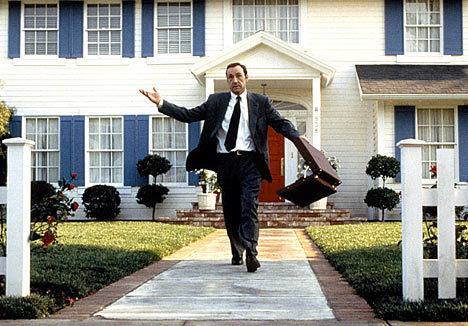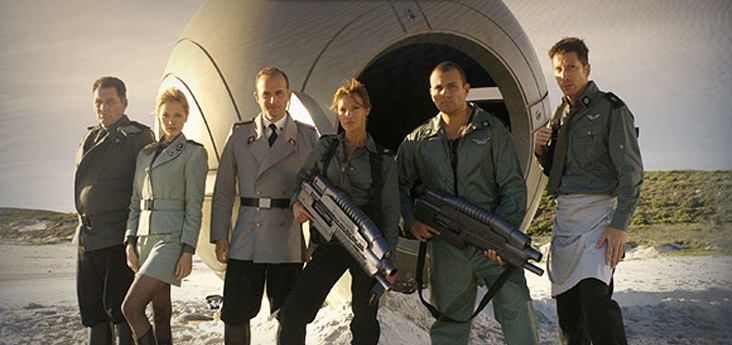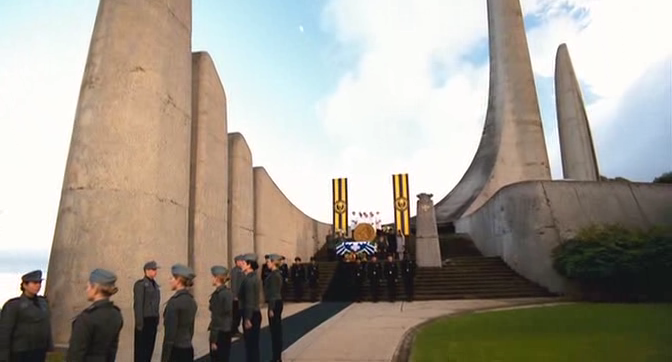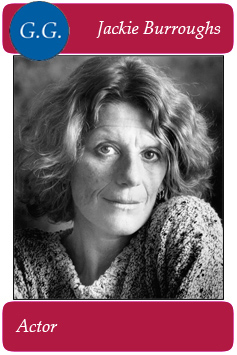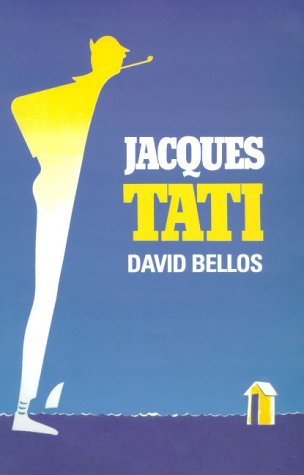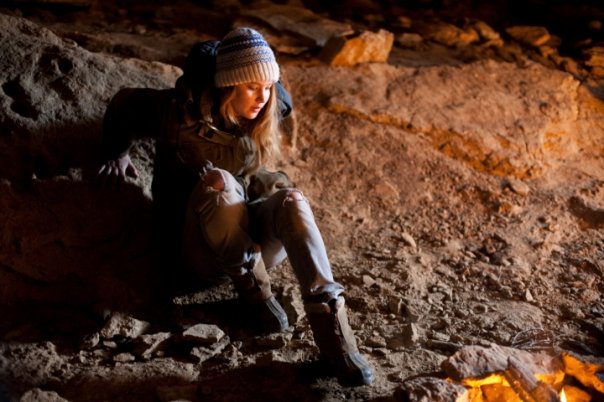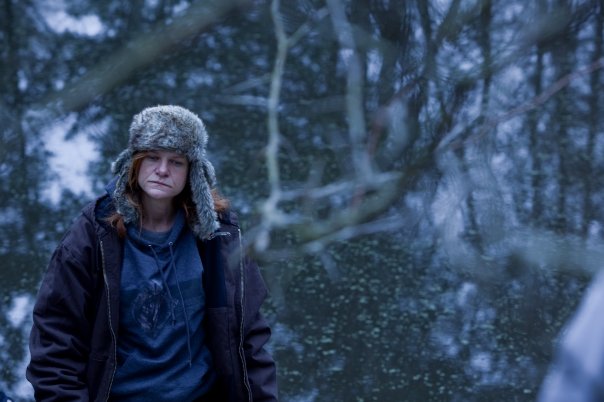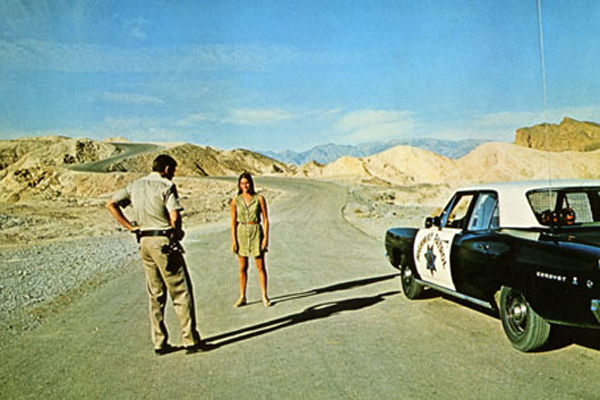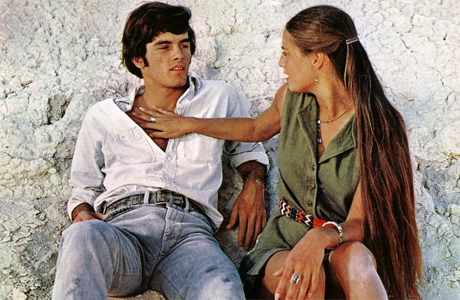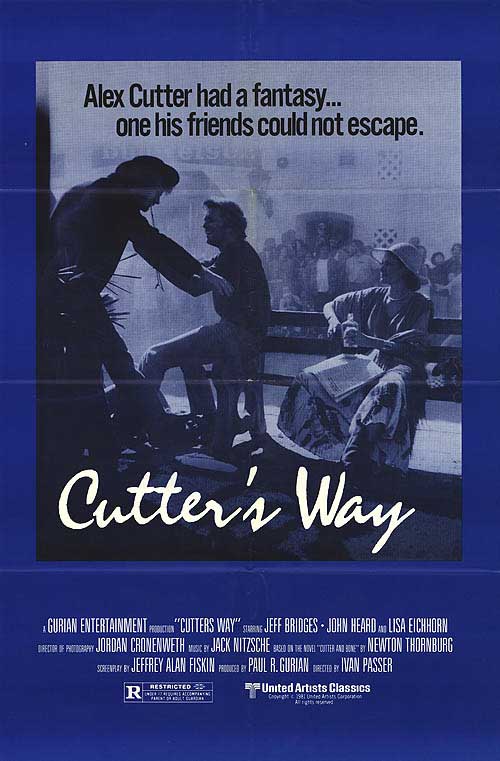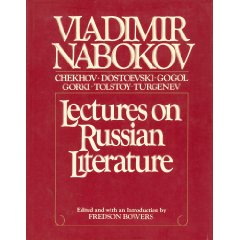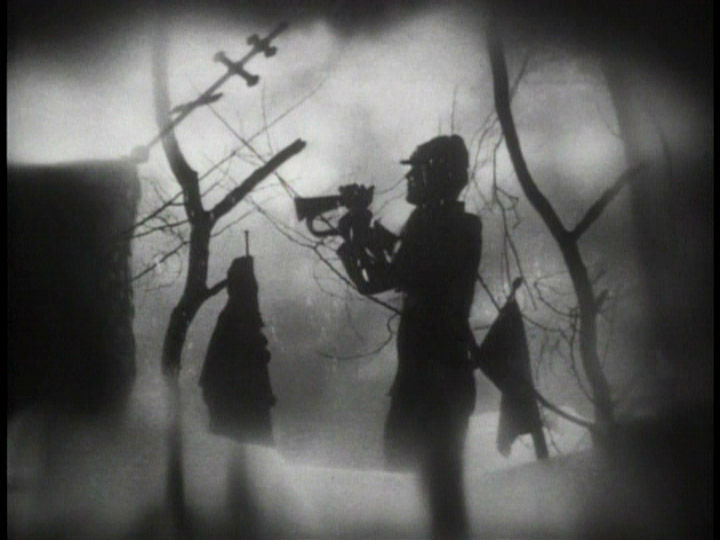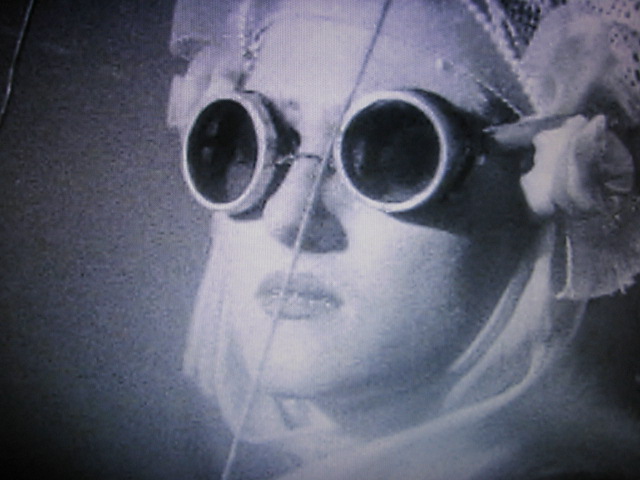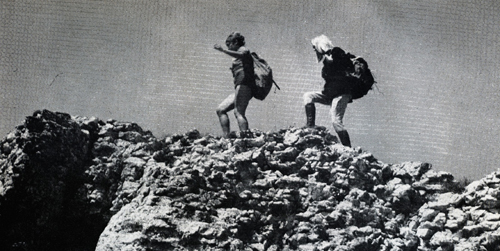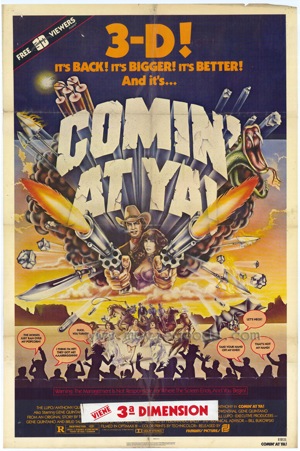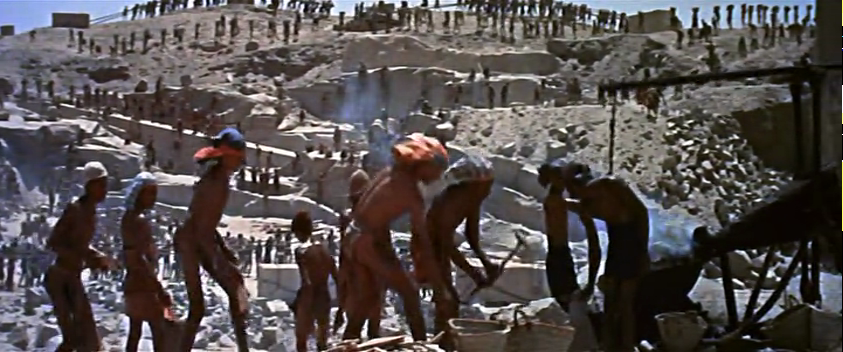This commissioned essay was for a touring retrospective catalogue, The American New Wave, 1958-1967, published by the Walker Art Center and Media Center/Buffalo in 1982 (and slightly tweaked just now, in June 2010). It’s dated by my erroneous assumption, shared by most critics during this period, that the dialogue of Shadows was improvised, corrected years later by the research of Ray Carney — although I still stand fully behind my opening paragraph. I was also mistaken in my assumption that Charles Mingus was entirely responsible for the film’s score, especially in the second version. (Ross Lipman has written brilliantly and in detail on this subject.)
My writing of this article was both interrupted and ultimately informed by the shock of the suicide of my older brother David. Regarding the details about lapsed Catholicism apropos of The Savage Eye, I can still recall a phone conversation I had at the time with the late Veronica Geng, a former colleague at Soho News (and lapsed Catholic) and a writer and editor at The New Yorker whom I plumbed for information and advice. Perhaps I went a little overboard in my expressions of scorn for the purple prose in The Savage Eye’s commentary; today I find it rather fascinating for its kinship with Beat writing from the same period, for better and for worse. — Read more


